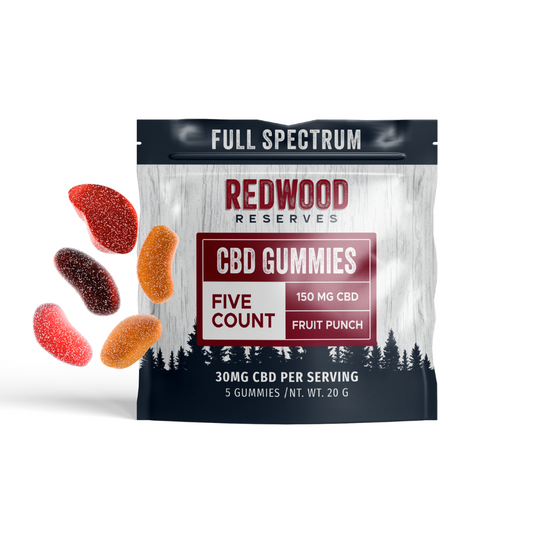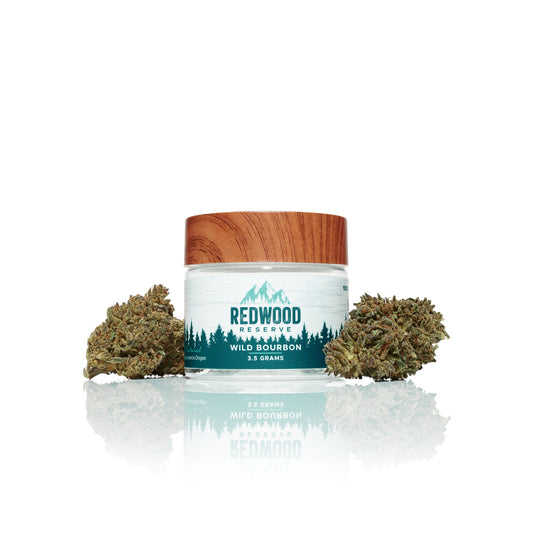Roman engineers used the hemp plant’s fibrous and sinewy stock to strengthen the mortar they used to build bridges. Nothing new here, as modern-day builders are rediscovering the benefits of using hemp. Will hemp be the future of construction?
Discover why hempcrete is more sustainable and affordable and how it outperforms traditional building materials.
Hemp: The Magic Plant
The hemp plant has been used for thousands of years. From paper to medicine, there are over 50,000 uses for the versatile hemp plant, and our ancestors were very familiar with it. A staple crop in many civilizations, every part of the plant was utilized, from seed to stock.
Building with hemp is nothing new, not even in modern times. Hemp concrete (hempcrete) has been commonly used in construction in France for over 30 years
What Is Hempcrete?
Hempcrete is made with hemp hurds (the woody core) and is often combined with lime binder and water to create a lightweight cement-like consistency. From seed to harvest in less than four months, the hemp plant has many benefits as a crop for construction.
Sustainable
Did you know that the cement industry is one of the world’s largest CO2 emitters in the world, clocking in at about 8%?
Not only does hemp create less carbon during production, but the plant also absorbs carbon while it’s growing and as it’s being mixed with the lime binder or clay. According to JustBioFiber, “hemp captures 130 kilograms (287 pounds) of carbon dioxide for each cubic meter it builds. Those structures made with their bricks will sequester more greenhouse gases than they emit in production.” In comparison, the production of “each ton of cement emits half a ton of carbon dioxide,” according to the European Cement Association.
Insulate & Protect
Hempcrete is ideal for insulation and wall coverings as it is resistant to fire, mold and mildew, and pests. Structures insulated with hempcrete also have better ventilation and temperature regulation.
A 2015 study by the North American Insulation Manufacturers Association found that 90% of US homes are underinsulated.
While hempcrete isn’t as strong as cement, its low density means it’s resistant to cracking, which can be beneficial to structures built in areas prone to earthquakes.
Additionally, hempcrete weights significantly less than traditional concrete (about an ⅛ of the weight) which means it can be easily transported and reduce the emissions associated with heavy construction transportation.
Affordable
More affordable to grow, more affordable to transport, and more affordable to live in.
For Hemp Growers:
From seed to stock in less than four months, hemp is a fast-growing crop. Faster production times mean less fertilizer, quicker turnaround times, and a greater profit margin. Plus, as they grow, the roots of the hemp plant grow long and help to circulate air underground, which improves soil quality.
For Hempcrete Homeowners:
With better ventilation and temperature control comes better energy efficiency and a reduced need for air conditioning, saving homeowners money.
At Redwood Reserves, sustainability is important to us. We are committed to producing our CBD hemp flower products sustainably, and we enjoy researching and informing our customers on new sustainable hemp and CBD developments.




























